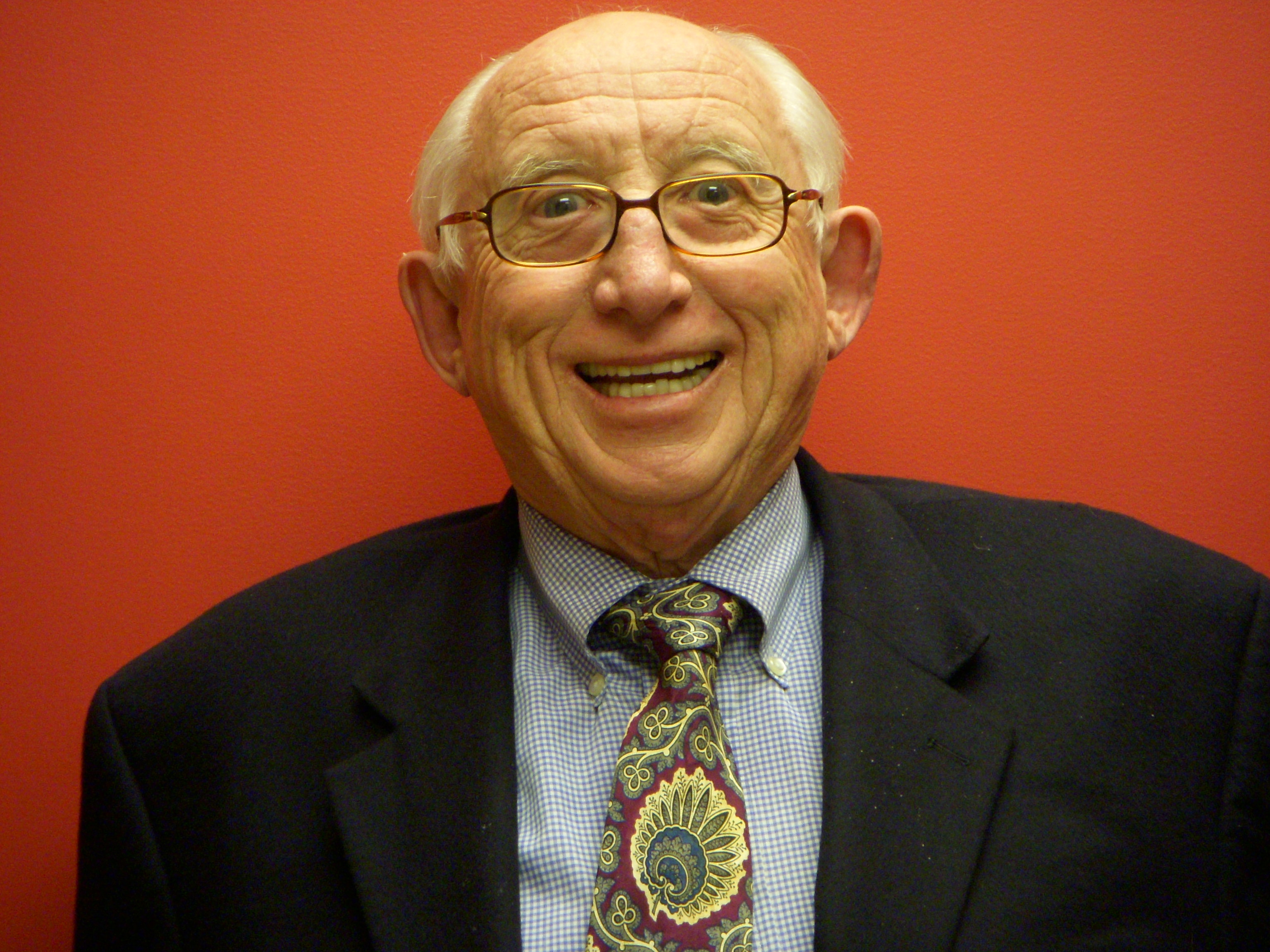May 12 is not a day that is written into history. It is not a day when there will be, like clockwork, a presidential proclamation, or a moment of silence. Yet, for some, it is a day of recurring infamy.
Since 1992, it has been the day on which Myalgic Encephalomyelitis (ME) sufferers — and those who care for them– have marked the disease. It is, for these people, a day of sorrow, of remembrance and of yearning. They remember those who have died, or committed suicide.
They are angry — often too angry to be persuasive — that ME is not on the national radar. They are angry that after more than three decades, the federal government is still seeking to define the disease, which afflicts about 1 million people here and 17 million worldwide; that research funding, at $5 million, is so low that in the world of Washington expenditures, you practically need an electron microscope to find it; and that the suffering goes on unmitigated.
They are angry that the government, through the Centers for Disease Control, abandoned the old name, Myalgic Encephalomyelitis, in favor of the dismissive new name, Chronic Fatigue Syndrome. They believe this trivializes the disease, and favors those who want to define it as a psychological affliction rather than a real disease.
They are angry that distinguished researchers, like the virus hunter Dr. Ian Lipkin of the Columbia University Medical Center, has had to resort to crowdfunding to continue his work that might help ME patients.
Why does the ME community observe May 12? It is the birthday of Florence Nightingale, who may have suffered at the end of her life from a variant of ME.
So this May 12, Mary Dimmock, a mother of a suffering son, will endeavor to unfurl a banner made of pillowcases on the grass outside the U.S. Capitol. Her goal: Get recognition for the disease, so the long work of finding answers and a cure can be accelerated.
What is known is that ME is a disease of the immune system, and it starts with flu-like symptoms or with collapse after exercise. In extreme cases, as with Dimmock's 26-year-old son, Matt, the patient becomes almost totally incapacitated with mental fog, painful joints, terrible headaches, intestinal upset, and extreme sensitivity to sound and light. Matt Dimmock has to spend his days on a bed set up in a closet.
Patients go through periods of extreme debilitation for two or more years, sometimes recovering enough to function for several hours a day. What a healthy person would consider to be normal activity — like going to dinner or a movie with friends — can result in two days in bed for a ME patient.
Doctors, on the whole, know very little about the disease.
Mary Dimmock is an unlikely protester. She has presence: tall and distinguished. She is a scientist, who took early retirement from a large drug company to care for her son and has become an advocate for this disease, which has confiscated so many lives.
Although ME knows no age or gender, the National Institutes of Health (NIH) has lodged what little effort it makes under “women's health.” One patient said, “Maybe they think we are hysterical women, who are just making a fuss.”
Dimmock is the antithesis of an hysterical woman. She became an activist when she found, after her son fell ill four years ago, that where ME is concerned, the system is broken. She told me, “It has been profoundly disturbing to watch the world around my son, especially the medical community, ridicule and even brutalize him for believing that his disease is real and serious.”
Around the world, the ME story is the same: Doctors who do not know anything about the disease and governments that do not want to know anything about it, or want to believe, for economic reasons, that it is a psychosomatic affliction, when there is ample evidence that it is an immune system disease.
I have interviewed many patients, and some of the small coterie of doctors who are working on the disease. They all wish the Department of Health and Human Services would take a proactive role through its agencies, the NIH and the CDC. More and more dedicated researchers have been forced to turn to crowdfunding because the agencies of government, charged with the public health, have turned out to be selective in their sense of who is sick. — For the Hearst-New York Times Syndicate
